Building a rear extension is an exciting yet often daunting prospect. There are costs associated with every part of a rear extension project, so knowing what needs to be taken into account before you start and throughout the process is imperative.
In this blog, the experts at the home renovation service Resi, explore what to expect and give away insider tips to get the most for your money.
Want to make the most out of your extension? Book a room design from just £395 to transform your space:
What affects the price of a rear extension?
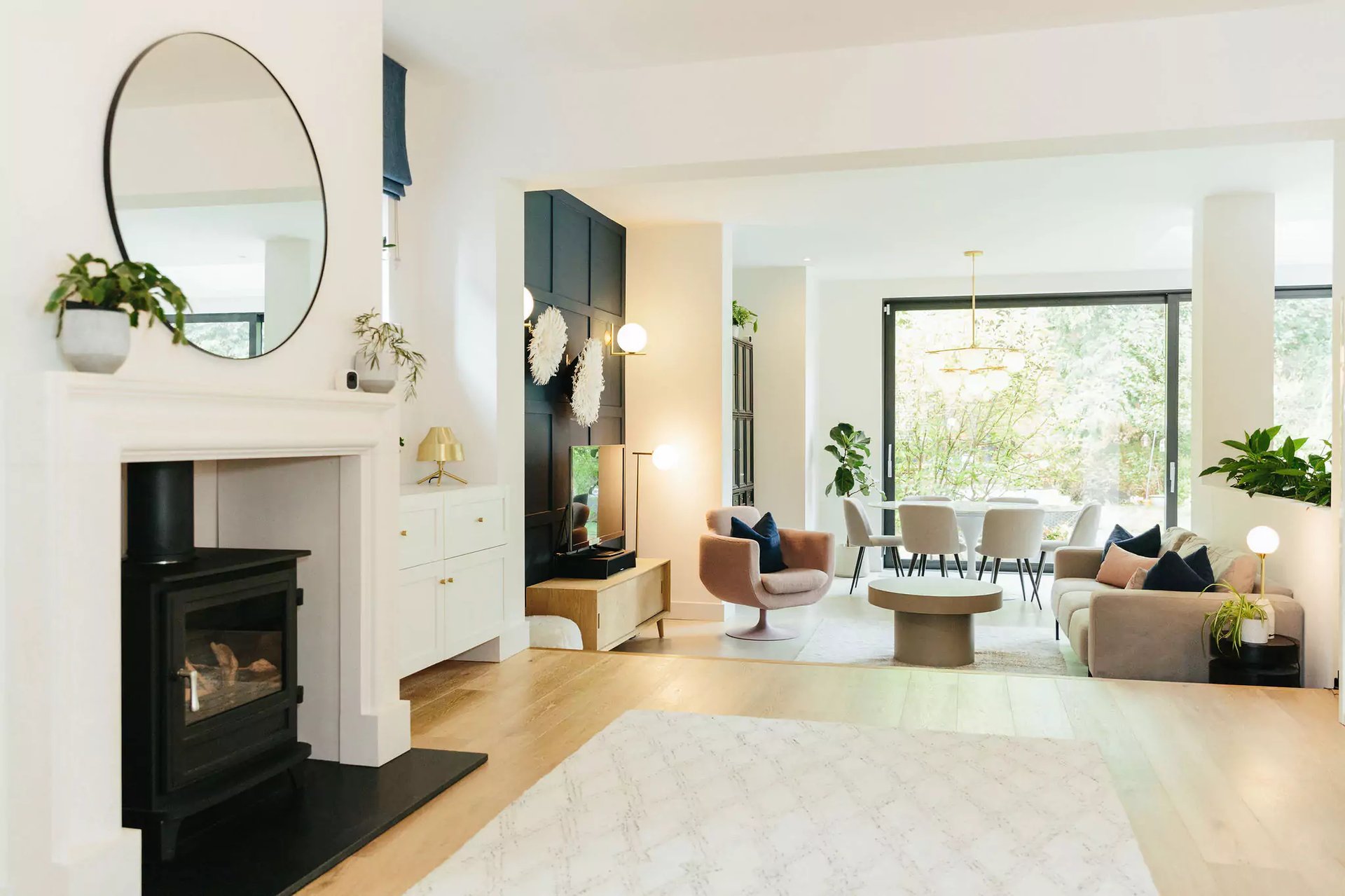
Image Credit: My Bespoke Room
The cost of a rear extension can vary depending on several factors, such as:
- Your location in the UK (E.g. Construction is traditionally more expensive in London)
- The size of your extension
- The complexity of the design (E.g. flat vs. pitched roofs)
- Each material required and its quality or quantity
- The building company you choose
It’s worth bearing in mind what to consider when it comes to picking a builder (the price tag is just one factor!) One-man bands tend to offer cost-effective quotes; however, choosing smaller companies comes with a risk of delays. Larger building contractor companies cost more BUT could provide better value for your money in the long run, especially when they’re best equipped to deal with supply chain hold-ups and labour shortages.
What costs do I need to factor into my budget?
.webp?width=1100&height=716&name=Post%20image%20landscape%20(1).webp)
Image Credit: My Bespoke Room
While a large part of your budget will go towards construction and the materials involved in building your rear extension, there are other costs to consider.
For example, a typical budget is often split like this:
- Administration fees - 1%
- Surveyors - 2%
- Structural Engineers - 3%
- Architects - 4% (based on Resi’s services)
- Fittings - 5%
- Glazing - 15%
- Materials - 20%
- VAT – 20%
- Contractors - 30%

How much does a rear extension cost per square metre?
Based on an average rear extension size of 45m2, the average cost of a ground floor rear extension in London, according to Resi design director Richard Morgan, is between £85,500 and £135,000. For the rest of the UK, the average costs are between £74,250 and £117,000.
Taking these averages, you can work out the likely cost of your rear extension using our estimates below.
- £1900 = Average lowest cost per m2 of rear extensions in London and the South East
- £3000 = Average highest cost per m2 of rear extensions in London and the South East
- £1650 = Average lowest cost per m2 of rear extensions for the rest of the UK
- £2600 = Average highest cost per m2 of rear extensions for the rest of the UK
For example, if you’re planning on a small rear extension of 30m2, your build will likely cost between £57,000 and £90,000 in the London area.
So, why is there such a difference between the lowest and highest amounts? The final price depends entirely on the complexity of the build, such as the type of roof and finishes you want, the materials you use, and the building company you choose to construct your design.
The m2 depicted is the total refurbished area, not just the additional space. For example, a 45m2 extension will typically add an extra 15m2 of space. Consequently, the above calculations include the room that the extension is being attached to.
How to get the biggest bang for your buck during a rear extension
Hire an architect for budget management
Resi’s architects make sure you’re crystal clear about our fees and any likely costs for external contractors (such as surveyors and structural engineers etc.) We’ll advise you on how much you’ll need for each stage of a project and when you’ll need to pay. Not only that, but the Resi Finance team will help you explore your funding options to find the right way to pay for your home improvement project.
Discover the cost of an architect in minutes with our quick quote tool.
Save on fittings
.webp?width=600&height=800&name=Portrait%20(17).webp) Image Credit: My Bespoke Room
Image Credit: My Bespoke Room
One of the biggest ways to get the most out of your budget is knowing where to invest the big bucks and where to hold back. If you’re redoing your kitchen, make sure you don’t lose too much of your money towards bespoke fittings. These are the things that will depreciate in value the quickest. Explore cost-friendly options like Ikea and Wayfair.
Stay structure savvy
Keeping your layout simple, and the size reasonable, can save you a lot of money, especially when it comes to structural costs. Long or large extensions require additional structural support, involving the use of steel beams. The bigger your extension, the bigger these beams become, and costs can quickly start to add up, adding thousands to your budget.
At Resi, we always make sure our customers understand the resulting structural costs when we put together their proposed designs. Ask your architect to do the same, and double-check the price tag with your structural engineer when it comes to sorting out your building regulations.
Use clever concrete to save some pennies
Concrete floors are one of the biggest kitchen design trends in the interior design world right now. However, although a concrete floor creates a stylish and sturdy finish, pouring and curing it is both labour-intensive and expensive.
That’s why we love these concrete tiles. They perfectly mimic the look of concrete and, thanks to their easy assembly, come in at half the price – win-win! Go a step further in the money-saving department and install the tiles yourself.
Skylights over glass ceiling
Finally, if you love the look of glass ceilings, but don’t have the budget, consider their cheaper alternative - skylights. Installing a row of skylights is a simple alternative to the ever-popular glass ceiling. This is because large glass features typically require structural glass which can be costly. Skylights have cheaper material options and can save you a lot of money. They also require less structural support in the walls, like steel beams, or underpinning.
.webp?width=600&height=800&name=Portrait%20(10).webp)
Image Credit: My Bespoke Room
Fake it until you make it with faux Crittall
Created in 1860 by an Essex ironmonger called… you guessed it, Francis Henry Crittall, these steel-framed windows are timeless and distinguished. However, as only one company produces this trademarked style of window, there’s a long waiting list and a large fee for their acquisition. We recommend aluminium alternatives, which are slightly cheaper and just as striking. There’s no trademark involved either, meaning they’re more widely produced and enjoy quick turnaround times. Also, most people can’t differentiate between the two, making them a perfect substitute.


.png)






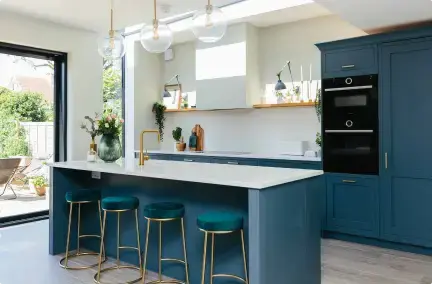
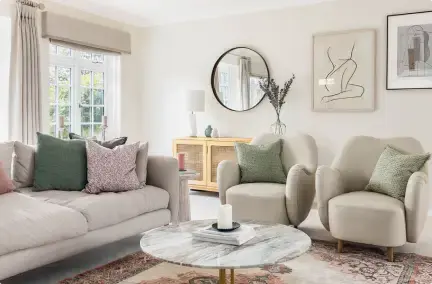
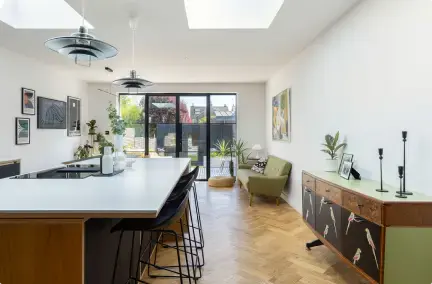
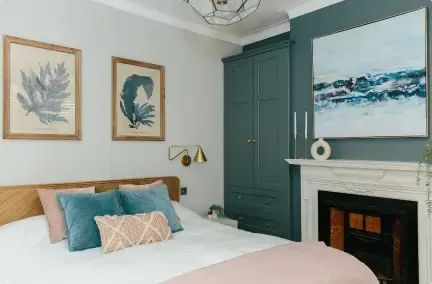
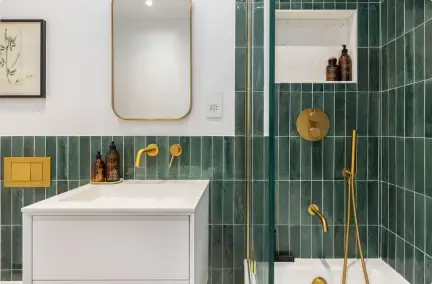

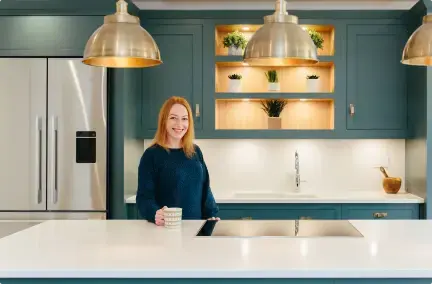

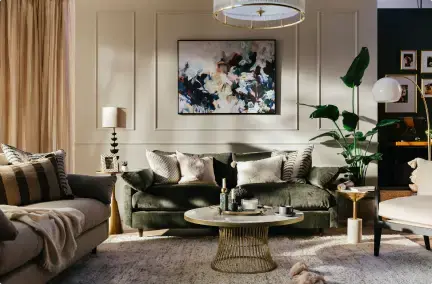


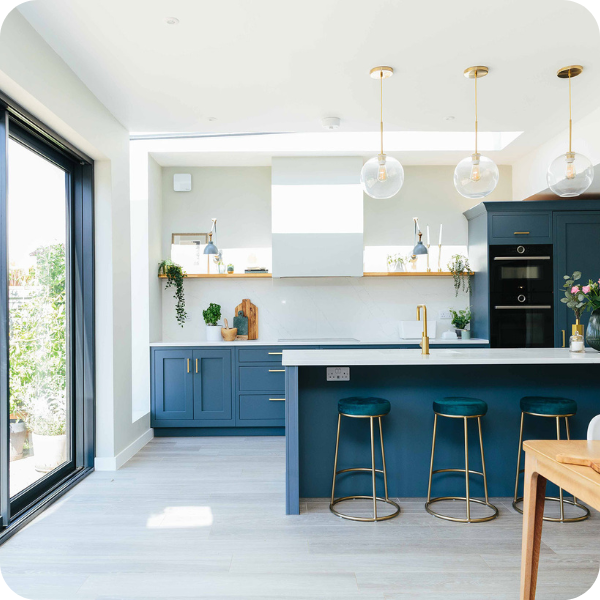
.png)



 Subscribe
Subscribe
-1.png?height=300&name=Untitled%20design%20(16)-1.png)
-2.png?height=300&name=Untitled%20design%20(15)-2.png)